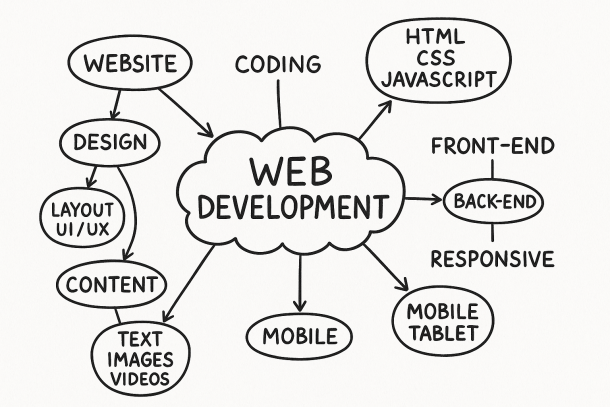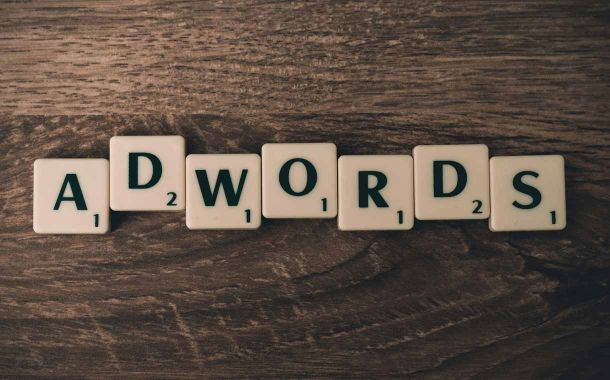Instructional Design: Everything You Need to Know
As instructional designers, we know how important it is to create engaging and effective learning experiences. That’s why we always start with the foundational instructional design components: learning objectives, learning activities, and assessments. These three elements work together to guide learners toward meaningful outcomes and help ensure the success of any educational program.
Let’s break down each component and explore how we use them to build powerful instruction.
Learning Objectives: The Roadmap
We always begin with clear, measurable learning objectives. These are the guiding stars that help us define what learners should know or be able to do by the end of the instruction. Without objectives, we’d have no direction, and neither would the learners.
Learning objectives help us:
- Focus our content
- Set realistic expectations
- Align our activities and assessments
- Measure learning success
When we write objectives, we follow Bloom’s Taxonomy to choose action-oriented verbs and make sure each goal is specific and achievable.
Learning Activities: The Experience
Once we know where we’re going, we design learning activities to get us — and our learners — there. These activities are the experiences that bring the content to life. They might include discussions, case studies, simulations, videos, group projects, or hands-on practice.
We tailor our activities to fit different learning styles and keep learners engaged. Whether we’re designing for online courses, in-person workshops, or hybrid formats, we make sure our activities support the learning objectives in meaningful and interactive ways.
Assessments: The Checkpoint
Finally, we design assessments to evaluate whether learners have achieved the objectives. These checkpoints give us insights into what’s working and where improvements are needed.
Our assessments can be formative (like quizzes or practice tasks during the course) or summative (like final exams or projects at the end). By aligning assessments with our objectives and activities, we create a feedback loop that reinforces learning and supports growth.
Wrapping It All Together
At HolavaGuy.com, we see instructional design as a strategic process that balances clear goals, engaging experiences, and meaningful evaluation. When we bring learning objectives, activities, and assessments into alignment, we create instructional experiences that make a lasting impact.
By focusing on these core instructional design components, we ensure our learning programs are not just informative, but transformative.


